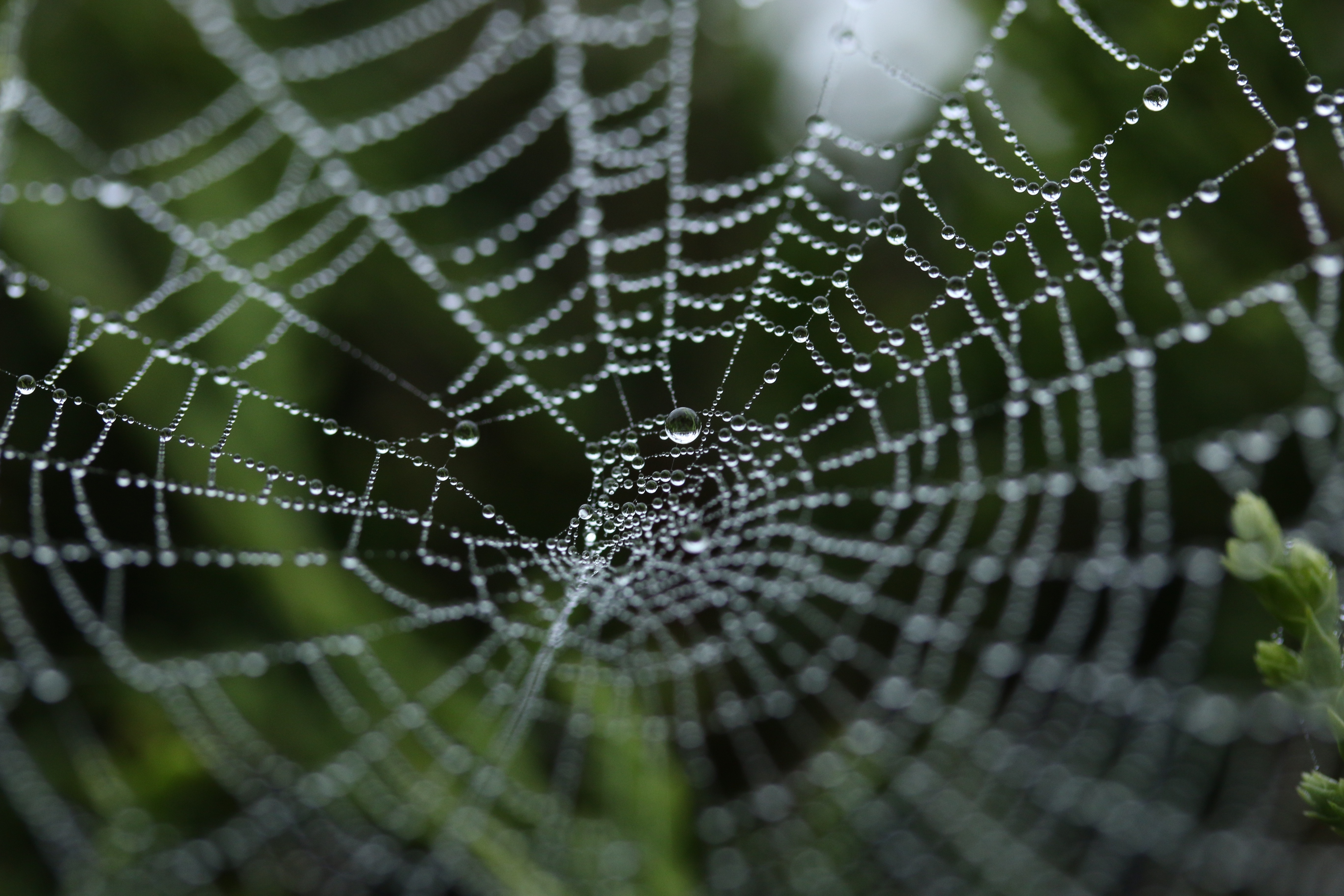During his second lecture at Creation Weekend 2018, Dr. Gordon Wilson stimulated our appreciation of the creation with his presentation entitled “The Magnificence of the Mundane” The words in the title, he pointed out, are actually contradictory. While the word “magnificence” communicates excitement, the term “mundane” suggests that something is boring or dull. But what he wanted to share with us is that God’s work in creation is amazing, displaying God’s wisdom and finesse (Ps. 104:24). And in this context, we are told that King Solomon, full of wisdom, spoke about trees, herbaceous plants, beasts, birds, reptiles and fish (I Kings 4:33).
It is evident, declared Dr. Wilson, that one place to observe God’s wisdom, is in nature. Similarly, Dr. Wilson pointed out, if one wants to be an expert on Renaissance artist Michelangelo, one will endeavor to study his creative works in addition to any of his writings. Thus, said our speaker, biology is a part of theology. It is the study of who God is as an artist, engineer and sculptor. In this context, Dr. Wilson discussed several organisms that might seem mundane or ordinary, but are actually quite amazing.
The eastern box turtle lives in the eastern half of the United States. This animal may look quite ordinary (as turtle appearances go), but it has an amazing capacity to survive cold winters. As fall gives way to winter, this reptile builds up high levels of glucose in its blood. This acts as an antifreeze which prevents ice crystals from forming in the cells. Ice may build up in the body cavity (but not in the cells). With all this chill, the heart stops. But then in the spring, with melting, the heart starts up again and the turtle goes about his normal life activities.
In keeping with his theme of looking at everyday creatures, what could be more ordinary than houseflies? It turns out however that these organisms have quite an interesting way to escape from the confining walls of the pupal stage. It so happens that there is a trap door fashioned in the skin on the head of the developing fly. Muscles in the abdomen push blood vigorously into the head. This blood pushes open the trapdoor so that blood vessels bulge from the head. This pressure creates an exit hole in the confining pupa wall. The new adult pushes out through that hole, the blood retreats back into the body, and the face reforms. Then behold, here we see a normal fly descending on our hamburgers!
More showy, are the hunting habits of the Bolas spiders. These creatures, which look like bird droppings (for purposes of camouflage), share many characteristics with ordinary orb weaver spiders. The Bolas representatives occur throughout the eastern United States down to Chile. At night these spiders, looking every bit like cowboys swinging a lasso, hang from a leaf and swing a thread with an attached glob of sticky glue. This amazing spider secretes a very special organic molecule, the scent of a particular female moth. This compound (called a pheromone), acts like a perfume to attract male moths of the same species. The swinging glob hits the incoming male moth, penetrating his scales. The spider then hauls in her prey and wraps it up in silk. This spider is even able to vary the chemical composition of the pheromone in order to catch another moth species. The ability of the spider to imitate such elaborate pheromone designs, demonstrates that these spiders possess remarkable synthetic abilities that could never have developed by trial and error. Magnificent indeed! And certainly not mundane.
Dr. Wilson discussed spore dispersal in ferns, mosses and in a fascinating little fungus called Pilobolus. This little fungus grows on the dung of animals like horses and cows. The entire fungus is only about 1 cm tall, but it consists of a short stalk with a bulging balloon-like area above, topped by a black cap which shelters many fungus spores. The bulgy area focuses light onto carotenoid pigments in its base. The bulge with cap on top, grow straight sideways towards the incoming morning light. Pressure builds up in the bulge so that the cap is shot off at high pressure. Full of spores, the cap lands and clings to grass about 2 m away from the manure. Along comes a grazing animal. The fresh grass looks good enough to eat and once inside the animal, the spores proceed through the digestion system without germinating. Once deposited outside in another dump of manure, more miniature Pilobolus specimens grow to start the process all over again.
These examples demonstrate wonderful design and fascinating ingenuity. Yet they are taken from everyday life. Dr. Wilson concluded with the admonition that we should observe the creation and ponder that God made it. God did not give us all the answers, He wants us to explore. As we read in Proverbs 25:2 “It is the glory of God to conceal things, but the glory of kings is to search things out.”
In his concluding presentation “A different shade of green”, Dr. Wilson declared that Christians should approach the environment keeping two principles in mind: that the environment is to be cherished but at the same time that we must use its resources for the sustaining of mankind. He declared that there is no such thing as overpopulation, just a lack of good government which seeks to balance all the needs. While rejecting greed and unnecessary exploitation, Christians will never seek to depress human populations. However, they will seek to increase our knowledge of and appreciation of all that God has made, even the seemingly ordinary things like woodlands and wild animals.
Margaret Helder
April 2019
Subscribe to Dialogue







